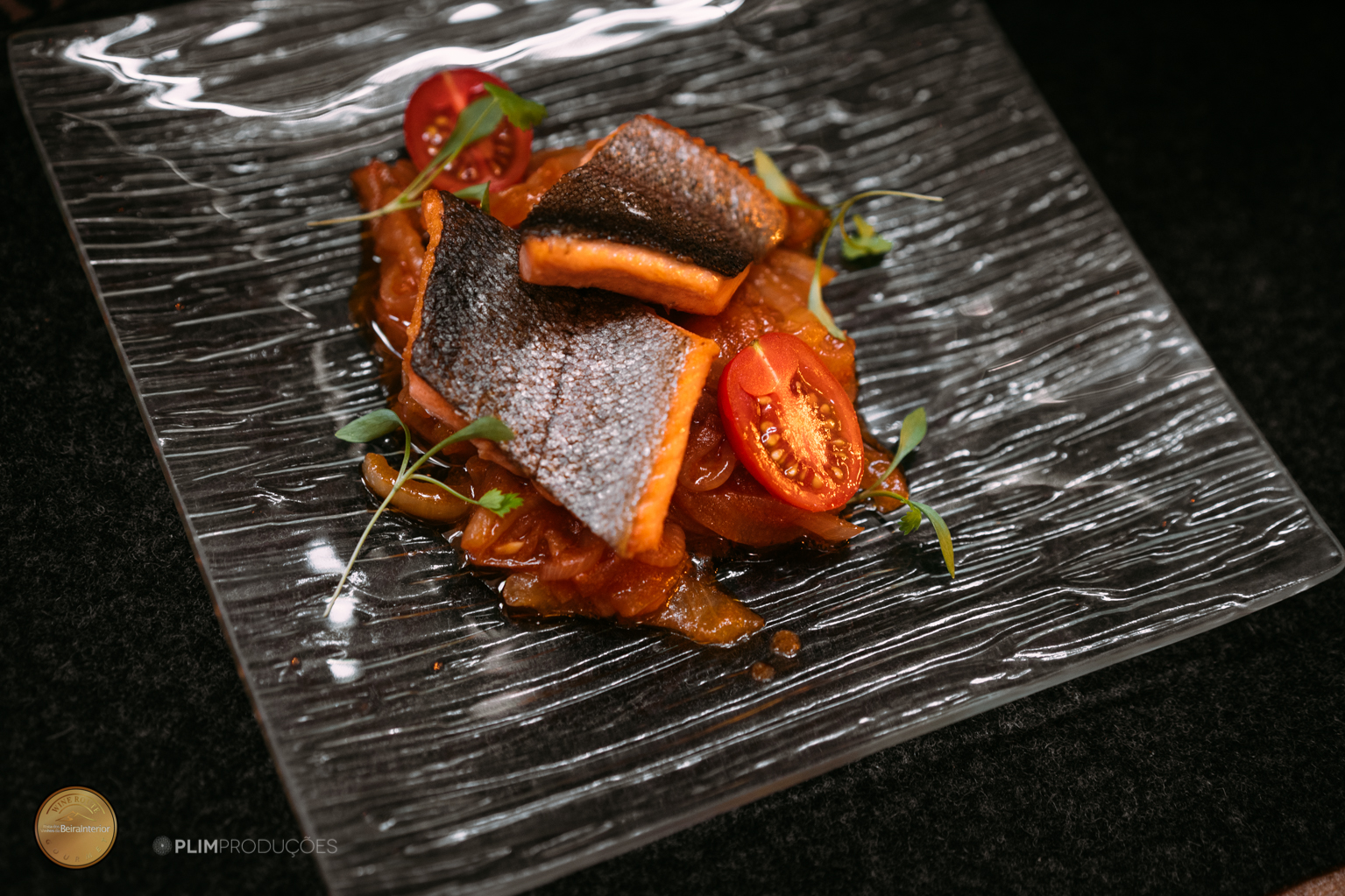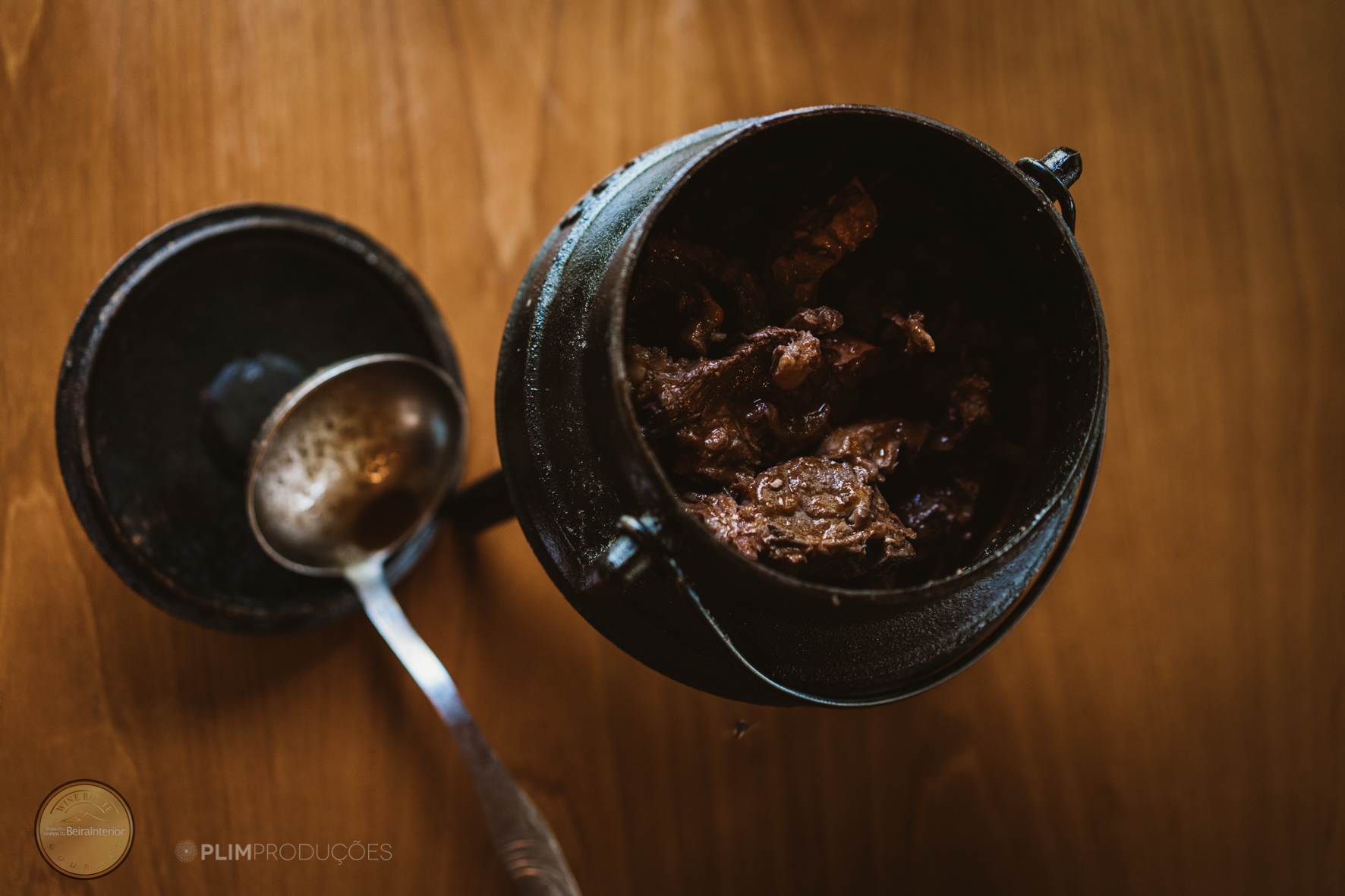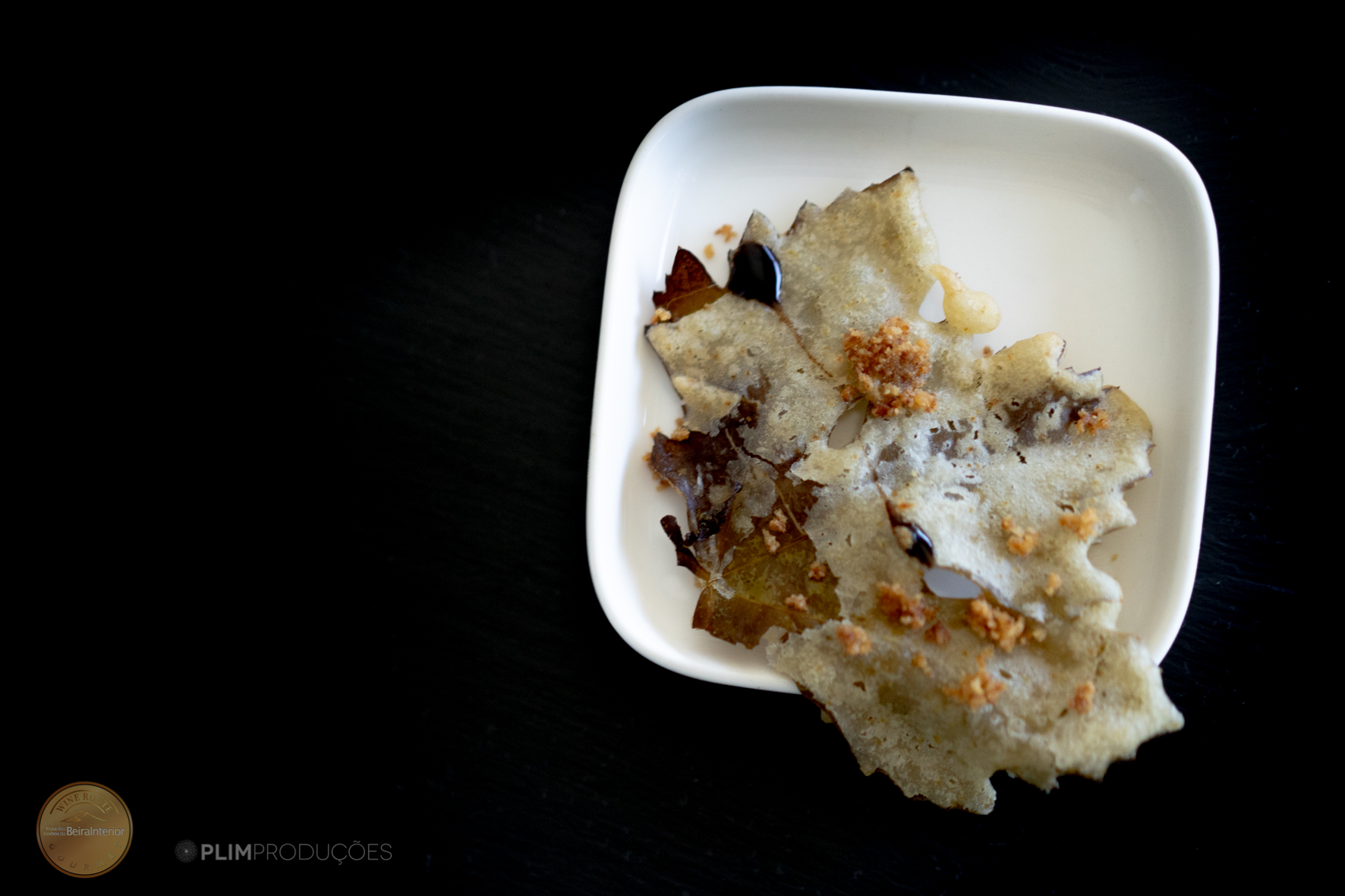Beira Interior
Gastronomic notes on
Beira Interior
From a gastronomic point of view, Beira Interior presents a diversity of products that are difficult to match in the national territory. Unique mycological heritage; proximity pastoralism poured into culinary declines of great caliber and at the same time prodigious in the dairy products that it produces every day; tasty and classic river fish cuisine; anthology legumes such as the cowpea that has its headquarters here; the wonderful jarmelista breed, a bovine used in the field, today the source of one of the most delicious meats we have; cheeses of great value that from the curd to the old cheese have always been used for specific purposes, as many special moments of consumption; bagged, sausages, hams and other unique smokers in the world; wheat, rye and corn flours that produce the immense and glorious bread that we worship so much and so well. We must not forget cod, there were many who left here for the North Sea to escape the hunger and starvation of about a hundred years ago. And we must venerate the glorious strip of land that connects us to Spain, of which much of the history is still to be worked.
Broths, soups and mushrooms
The so-called shepherd's kitchen embodies in itself the glory of proximity, which in turn is the great stronghold of traditional Portuguese cuisine. Chickpeas are the oldest legume, as is the case in all Mediterranean gastronomies, over the last 3,000 years. Rice was wisely introduced about three quarters of the way and at a time that in this timescale we can call recent, the potato was integrated into the base of our food. Grain broth - meat and grain soup - is still an identity dish from Beira Interior, present in the daily lives of their homes. The same can be said of soups and bean stews - catarino, white and cowpeas above all - to which slowly different types of pasta and vegetables were added. The cantelus, boletus, tuber and amanitas families have a strong representation in the forest extensions of the region, and as such are present in ancient and modern cookbooks, with an impressive flavor and nutritional power. Here is a natural wealth recognized around the world.
.jpg)
Cheese
The granitic highs of Serra da Estrela, with their unique forages, give name to the cheese, which is one of our most identity emblems, deserving a flag at the door of each Portuguese. Produced entirely from raw sheep's milk, curdled with natural thistle and slowly aged until reaching the desired curing settings, it is one of the best cheeses in the world. No less strong rustic expression has goat's and goat's cheeses, mixed with sheep and goat, and the cheesy, so called due to the spicy touch that they incorporate and that at the same time make them interesting because of the novelty. However, everyone has their communities of well-established and defined lovers.


Fish
Along with fresh rivers and strong currents, the flavor and quality of river fish, which are vigorous and safe, rise up the vibrant streams of fresh water to spawn. Trout has particular expression and, thanks to sustained projects of balance with the environment and captive breeding, it was saved from extinction. Excellent and classic recipe, ranging from simple grilled trout to stews rich in flavor and nutritional value, through sophisticated trout dishes with almonds and other dried fruits, when not even roasted in seaweed. In addition to the trout, the experience of a good river stew is unforgettable and misses those who make it. It is the river party that many Portuguese in the Atlantic arc are still unaware of. Salted and dry cod has a prominent place in the history of food, on feast days it is not dispensable and in everyday life it is frequently present at family tables, mirroring the status of a faithful friend that the whole country recognizes.
.jpg)
.jpg)
Smokehouse
The pig is fundamental in the food and regional economy of Beira Interior, hosting even one of the main centers of national production of ham. Smoking curing is the most common conservation technique in Portugal and the vast sausage production it produces is well rooted in the eating habits of homes in Beira Interior. They deserve to be highlighted because of how different the farinheiras are, which instead of the traditional bagels of raw flour and which they take to bake before using, for these latitudes they take bread, together with the treatment of them and spices that increase their useful time. of life. The root is in the shavings of bread, bones, meats, bacon and offal that were accumulating in the kitchen for later cooking, giving rise to subsistence dishes. The bagging of the thin and fragile pig bladder gives rise to a unique piece of Portuguese food, the tripe raiano. It should be cooked over a low heat to not burst and to retain all the juices inside, served with boiled potatoes is delicious. The maranhos da sertã, another bagged, but in lamb or lamb tripe, take rice, mint and other ingredients, but they are produced raw and do not last long away from the table, which is why they delight young and old in families . Chorizo sausages with or without bones, chorizo and morcelas are unique in the region to liven up any stew with the brightness of its flavors and specificities.
Meat
Those who do not know the veal of the jarmelista breed, should visit Beira Interior and check the quality of its cuts, cooking and possibilities. It is an indigenous breed that was used in farming and in the transportation of cargo, vigorous and with strong musculature, which started to be introduced in the human food chair, as mechanization was being adopted. Pork meat, in the less noble cuts - these went and go to the best smoker - was also always used, in long roasts and stews. The happy goat kid on the granite cliffs is the most popular and representative roast in all of Beira Interior, followed by the also appetizing lamb, or anho. Whenever an oven is mentioned, the wood oven is understood, which gives supreme flavor to all the preparations from any of the firstfruits, kid or lamb. The chanfanas, made from old goat, are another glory of Beira Interior cuisine. In the larger game, the wild boar and the deer have a strong expression, and in the so-called lower game, attention goes more to the partridge, the quail, the rabbit and the hare.


Sweets and fruits
Honey is used in countless dishes and coexists well on the beirão palate with strong spices and meats with pronounced flavors. The cornbread is the most frequent accompaniment to broths and pot dishes and the breads produced by hand are themselves processed. Curds, bowls, sweet rice without yolks and cream milk are a daily presence at the table of the average family of Beira Interior, along with a conventual sweets of great value, reserved for the festive days. In the fruit chapter, we are in luxury territory for the best cherries, pears and apples in the country.






